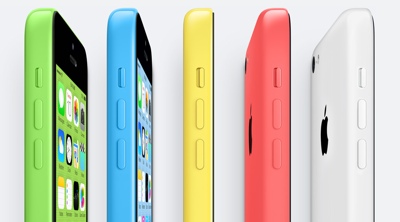Horace Dediu makes an interesting point about some of the new iPhone 5s features in M is for Mystery:
Perhaps this is why Apple chose to describe the iPhone 5s as “forward-thinking”. The M7 and the Touch ID are like research projects whose actual value will be realized at some future time, in probably different contexts.
Sisir Koppaka takes this idea further in The Most Forward-Thinking Apple Yet. On going 64-bit:
I don’t believe Apple added 64-bit support to iOS 7 and all their apps just to prepare for an eventual transition to 4GB+ memory capacities in future iPhones. I think this was to do with something more impending. Do we know any product category that Apple would be interested in, that would require the use of both iOS and an A-series chip that is 64-bit capable in order to address 4GB+ memory? Apple TV (the one that is yet to come, not the one that exists).
And on the M7 processor:
The new CoreMotion Framework for iOS 7 adds a step counter and a motion activity detector (stationary, walking, running, vehicle or unknown). We know that Apple has been hiring experts in noninvasive blood component measurements. We know they have a patent on a wrist watch. The iWatch must not be far away.
This is a pretty daring thing for Apple to do. Instead of focusing on what is hot now, they are releasing a product that reveals their vision for the future without it having the capabilities needed to deliver fully on that future. It’s a long game, it’s a gamble, it’s gutsy, and it’s probably going to work once developers start experimenting.

